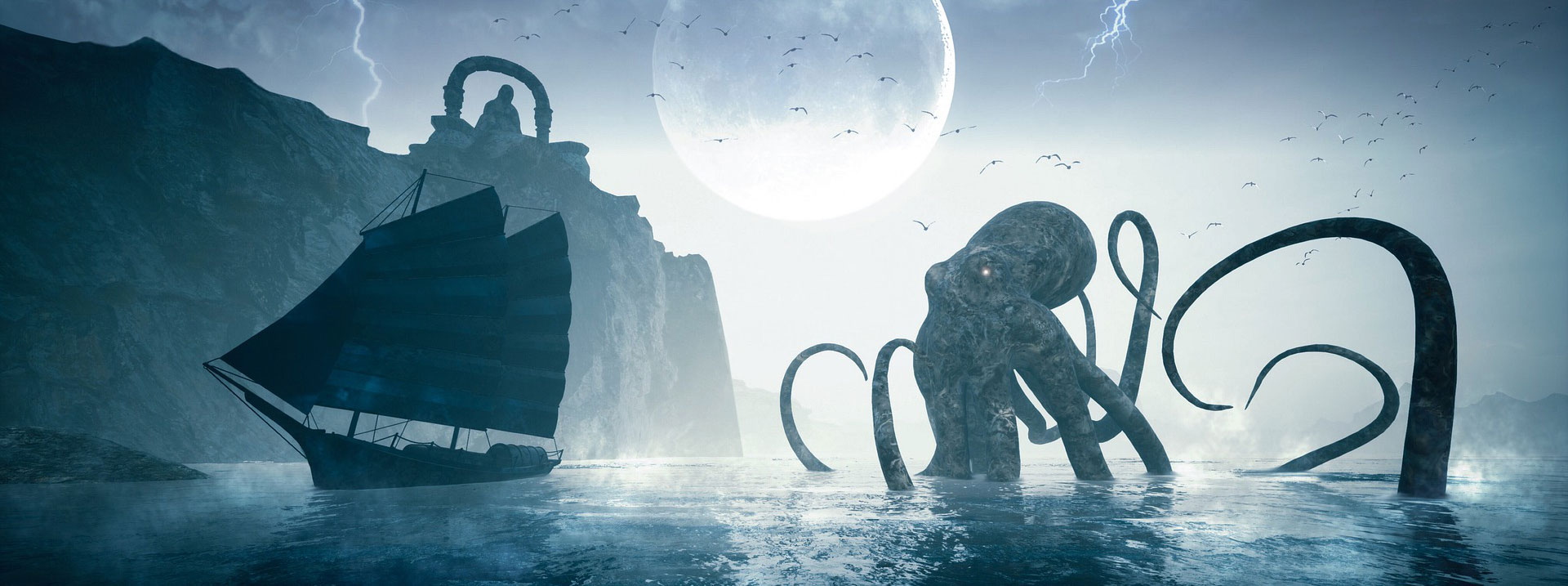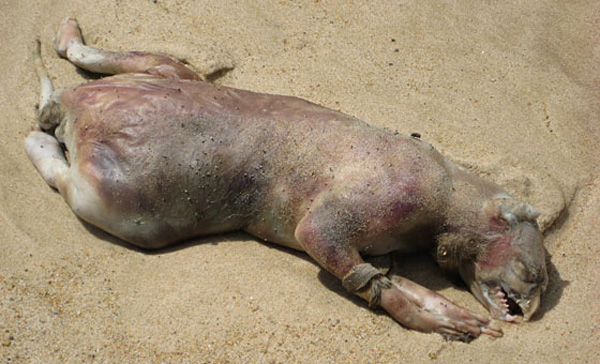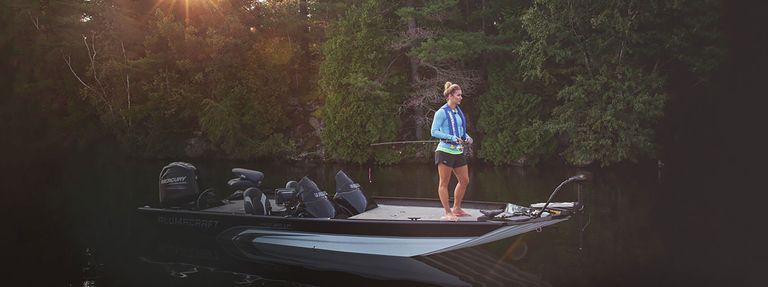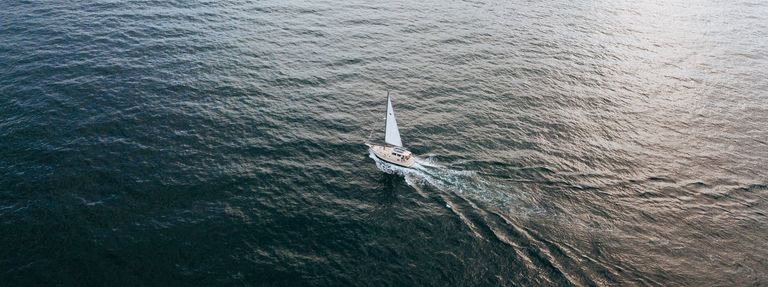Boating Safety: 5 of History’s Great Mythical Sea Monsters

Generally, the advancement of science leads to the dispelling of myths. For example, it turns out the Sun is not actually Apollo riding his chariot across the sky after all – but it was only really in the 19th century that paleontology took off and brought the domain of the dinosaurs to public consciousness, many centuries after monster sightings across the world and its history.
The knowledge that giants once existed fuels speculation that they may still exist. While the lion's share of Earth's land has been seen and studied, most of the ocean remains unexplored. We have – rather literally –only scratched the surface. Of course, there is danger in the flagrant filling of the blanks of natural history, but with so much unknown, inexistence is no more certain.
However, we can still talk about mythical sea creatures and their lasting impact on stories of the sea. So, today, we highlight five of these creatures (whether we can believe they are real – or not).
We'll also talk about one common thread between all sea creatures (real or otherwise): the danger they're rumored to bring and what boaters and seafarers can do to stay safe on the water.

Creature 1: Get Kraken
Indeed, one of the more famous monsters is the Kraken. This creature is thought to be a massive octopus that terrorized ships off the coast of Iceland and Norway.
Putting ships through the ultimate tests of strength and maneuverability, the Kraken's tentacles could reach up and around the top of the tallest mast and pull the ship under. Equally dangerous was the large funnel it left behind as it dove deep, leaving whatever remained of a ship to swirl and flush away.
It's Rumored to Be Very Big
Some seafarers speculated the Kraken's width to be well over a mile. While that's certainly fun to imagine, even the blue whale, today's biggest known animal, has never been recorded over 110 feet long.
However, as monsters go, the Kraken has the most likely real-world cousin. Some believe Kraken's experiences are not of an octopus but of a giant squid, which can grow to as much as 40 feet in length.
The larger colossal squid can grow to about 45 feet but is generally restricted to Antarctic waters. As such, it is unlikely to have been the subject of a Kraken eye-witness account. Forty-five feet is certainly far less than a mile but also quite monstrous.
Specimens of giant squid have been recovered around the world, and there have been confirmed attacks by giant squid on ships, as they tend to be more aggressive than equivalent octopi.
While the Kraken itself may be pushing the boundaries of reality too far, the existence of the giant squid, caught live on film for the first time as recently as 2006, shows that the world's creatures may be more monstrous than we think.
Check out the video below of a giant squid. Is it the Kraken?
Creature 2: Liquid Snake
Equally slimy but far less satisfying on the existence front is the sea serpent, which you have likely seen gracing the corner of an old map. As with the Kraken, there are numerous tales of ship attacks, but they are far less substantiated, not even validated in a milder form as with the giant squid.
Instead, sea serpents are more often the subject of distant sightings of serpent-plausible shapes on the water's surface, namely in the form of a long, proportionally skinny neck and reptilian head sticking out, with potential humps behind.

From a mythological standpoint, they are extremely popular, most famously in the form of Jörmungandr, Thor's serpent nemesis. The love child of Thor's brother Loki and the Jotun woman Angerboda, Jörmungandr was said to be long enough to encircle the globe.
The multi-headed Hydra of Greek myth can also be said to belong to this serpent class. This monster, defeated by Hercules, who buried its immortal head under a massive rock, is potentially inspired by giant squid sightings.
The biblical Leviathan is also rather serpentine, with a Kraken-like size that is said to be able to cause tsunamis. As with the Hydra, the Leviathan is placed firmly in the realm of myth and is often used as a catch-all term for any tremendously massive sea creature.
Creature 3: Whoa Nessie
While not strictly a serpent, plesiosaurs-like sea monsters like Nessie, the famous Loch Ness Monster, create a similar spotting experience. The majority of its body remains submerged, with only a neck above the water line, trailed by the curved hump of its back.

There have been many attempts throughout the 20th century to ascertain whether or not Nessie exists, most conclusively in 2003 with the BBC's "Searching for the Loch Ness Monster," which, using sonar and satellite technology capable of mapping granularity at the level of a small buoy, conclusively demonstrated Nessie to be pure myth.
Indeed, there are numerous ways to "see" the neck-and-hump(s) shape of "Nessie," including the following:
- Basking sharks
- Floating debris
- Whales
- Oarfish
Despite these more likely "real" creatures, people continue looking for and promoting the myth of the Loch Ness Monster.
The video below shows just how big and "Nessie-like" an oarfish is!
Creature 4: Fish Women
An entire class of sea monsters is the half-person half-fish half-breed, known most commonly as mermaids.
These creatures are often meant to symbolize the man/beast duality of a human being and are typically female, although mermen grace the pages of myth as well. Charming as Disney's Ariel may have been, mermaids are frequently represented as manipulative and malicious.

At best, the mermaid forgets that humans can't breathe underwater as they're taken below. At worst, she intentionally drags men down and drowns them.
Closely related to mermaids are the three Sirens of Greek myth, whose songs control men's behavior to destructive ends. While typically bird-women and not so much fish-women, many references to sirens in mythology are indeed aquatic.
Not surprisingly, these hybrid creatures are entirely unsubstantiated, with explanations for sightings sometimes being attributed, as in many monster-sighting cases, to squid or squid-like creatures, for example, in the case of the sea monk.
Creature 5: USOs (Unidentified Sea Objects)

Looking beyond the mythical archetypes, there is always the potential to see something entirely new.
The Montauk Monster of 2008 is an excellent example of a USO (Unidentified Sea Object), as there have been three sightings now of the beast – whatever it is. Unlikely to be "real," whatever that means, it is as of yet unconfirmed as a hoax of any kind.
Monster Hoaxing and Monster Hunting Intrigue Seafarers
The bottom line is that monsters intrigue us, which is why so many tricksters are tempted to produce headline-catching hoaxes. Nessie has been the target of numerous fakeries herself, with carcass and bone planting and simulated footprints.
That said, with knowledge of dinosaurs that once were and creatures like the colossal squid that remain, and with the invention and improvement of new tracking and recording technologies, the evidential hunt for the sea monsters that have captured our imaginations for centuries will likely continue for centuries more.
Stay Safe When Searching for Mythical Sea Monsters
Whether you take to the water to search for mythical sea monsters or, you boat for pleasure or bring home much less-intriguing creatures (like fish), it's essential to stay safe. Until the Kraken is officially disproven as real or the lakes and oceans become entirely safe, boat operators must prioritize safety.
The best way to pursue more time on the water is to bring the knowledge you'll learn in a boating safety course with you! BOATERexam offers state-approved and Canada-approved boater education courses that you can take online. You'll learn how to navigate safely (around boaters and creatures), the safety equipment you should have on board before launching, and what to do if something goes wrong when you discover Nessie is real – or someone simply falls overboard.
Find the course for your state, or choose the Canada-approved course and get certified before hitting the water this season!
Originally published April 21, 2011. Content updated October 26, 2023.



